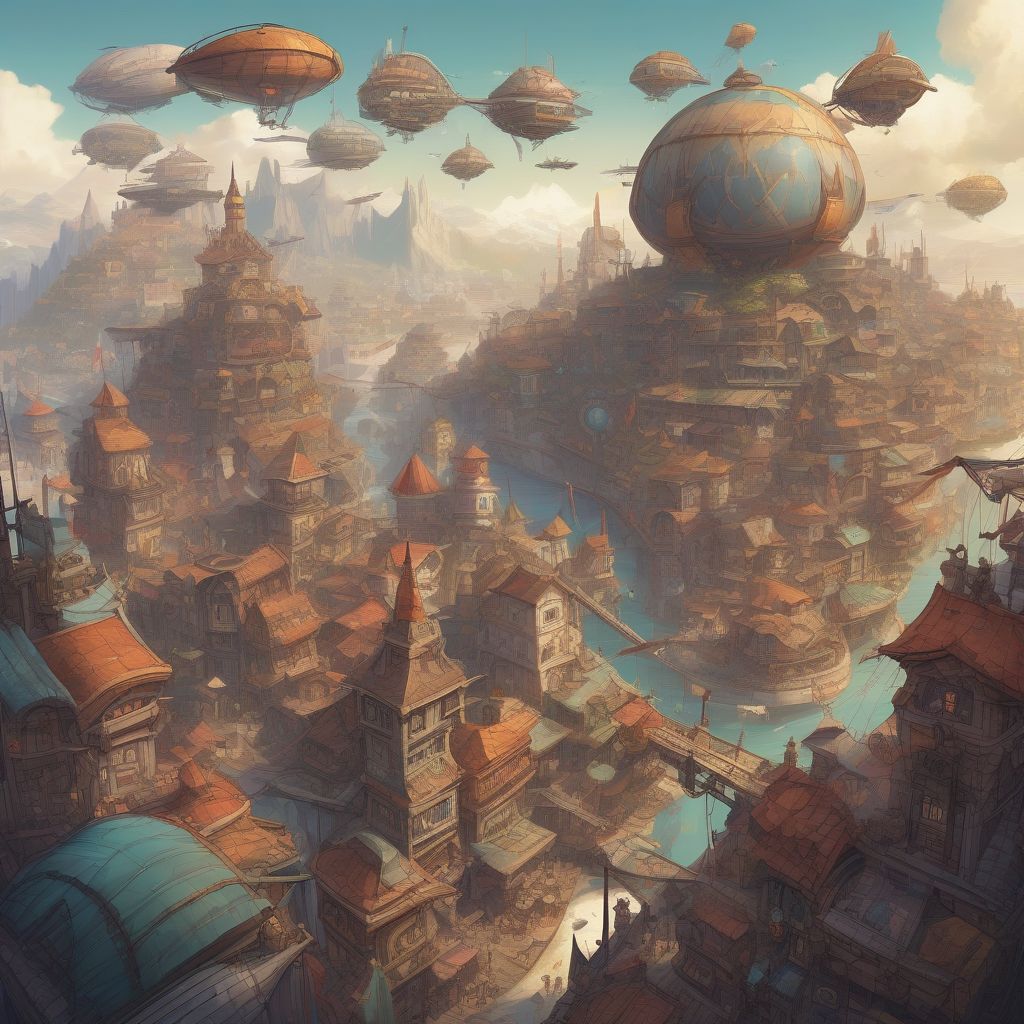Imagine yourself lost in a dense forest, the air thick with the scent of pine and damp earth, the only sound the rustle of unseen creatures. Now, picture yourself in a bustling city, skyscrapers piercing the sky, the cacophony of car horns and chatter filling your ears. The feeling is drastically different, isn’t it? This is the power of setting. It shapes our emotions, influences our perceptions, and ultimately, contributes to the creation of powerful narratives.
What is Setting and Why Does it Matter?
Setting is more than just a backdrop; it’s the environment in which a story unfolds. It encompasses the physical location, the time period, the cultural context, and even the weather. A well-crafted setting can transport readers to another world, immerse them in the characters’ experiences, and enhance the emotional impact of the story. Think of Hogwarts in the Harry Potter series, or the dystopian world of The Hunger Games. These settings are so vividly described they become almost characters themselves.
Setting the Stage for Emotional Resonance
Setting can evoke a wide range of emotions, from tranquility and wonder to fear and despair. A story set in a sun-drenched meadow might evoke feelings of peace and serenity, while a story set in a dark, abandoned house might create a sense of unease and dread. This emotional connection is crucial for engaging readers and making them invest in the narrative. As author John Gardner wisely said, “Setting is not merely scenery; it is atmosphere.”
Setting as a Reflection of Character
The setting can also reveal much about the characters and their motivations. A character who thrives in a bustling city might be ambitious and outgoing, while a character who prefers the solitude of the mountains might be introspective and independent. The setting can even serve as a catalyst for character development, forcing characters to confront their fears and make difficult choices. For instance, the harsh desert environment in The Alchemist plays a crucial role in Santiago’s spiritual journey.
Setting as a Driver of Plot
The setting can also be instrumental in driving the plot forward. A natural disaster, a political upheaval, or even a change in the seasons can create conflict, introduce challenges, and propel the narrative in unexpected directions. The oppressive setting of Gilead in The Handmaid’s Tale is essential to the story’s exploration of themes of control and resistance.
Crafting a Compelling Setting
Creating a powerful setting requires careful consideration and attention to detail. Here are a few tips to help you bring your settings to life:
Sensory Details: Show, Don’t Tell
Instead of simply stating the location and time, use vivid sensory details to paint a picture for your readers. Describe the sights, sounds, smells, tastes, and textures of the environment. Let your readers feel the chill wind on their skin, smell the salty air of the ocean, or hear the crunch of leaves under their feet.
Research and Authenticity
If your story is set in a specific historical period or cultural context, thorough research is essential. Accuracy in details, from clothing and customs to language and social norms, can add depth and credibility to your setting. Even fictional settings benefit from a sense of internal consistency and logic.
Symbolism and Metaphor
Setting can be used symbolically to represent themes and ideas. A decaying mansion might symbolize a family’s decline, while a storm might represent inner turmoil. These symbolic layers can add depth and complexity to your narrative.
Examples of Setting in Powerful Narratives
Literature is replete with examples of how setting plays a crucial role in creating powerful narratives:
-
To Kill a Mockingbird: The small-town Southern setting of Maycomb, Alabama, is essential to the story’s exploration of themes of racism and prejudice.
-
The Lord of the Rings: The epic landscapes of Middle-earth, from the Shire to Mordor, create a sense of wonder and adventure, and reflect the grand scale of the conflict between good and evil.
-
One Hundred Years of Solitude: The fictional town of Macondo, with its cyclical history and magical realism, becomes a microcosm of the human experience.
 Powerful Narrative Setting
Powerful Narrative Setting
Conclusion
Setting is far more than just a backdrop in a powerful narrative; it’s an integral element that shapes the story, influences character development, and enhances the emotional impact. By paying close attention to the details of setting, writers can create immersive worlds that transport readers and leave a lasting impression. What are some of your favorite examples of powerful settings in literature? Share your thoughts in the comments below!



